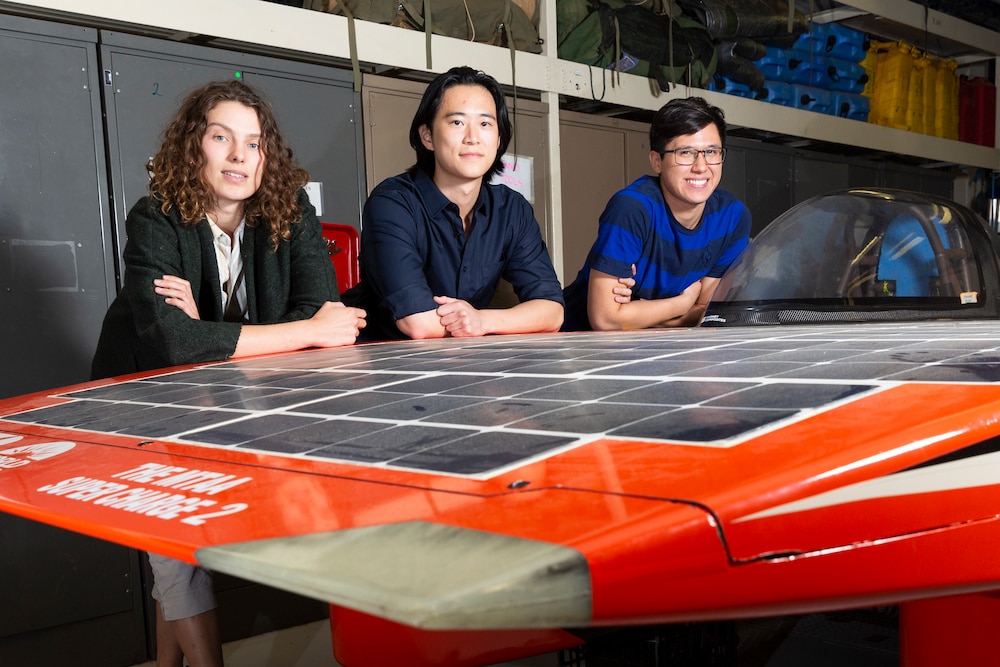Located in a small shed in the heart of the Australian National University’s (ANU) science precinct, the university’s solar racing team prepares to compete using the sun.
Founded in 2015 by students, the ANU Solar Racing Team is ANU’s third entry to compete in the Bridgestone World Solar Car Challenge (BWSC), a biennial global competition where teams from around the world build and race solar-powered vehicles.
Starting from Darwin with a finish line set in Adelaide, the race extends over 3,000km through the harsh Australian outback. The teams race over seven days with more than 40 teams from 30 different countries. Entrants include prestigious universities ranging from Stanford to Cambridge, as well as technological institutions and private enterprises such as MIT and Volkswagen. According to Zachary Lai, a ANU Solar Racing Team member, the race has a long history.
“It started in 1987. It’s a bi-yearly race so there’s been 15 races that have taken place and teams all around the world, mainly tertiary or secondary school students, develop their solar cars entirely by themselves, bring it to Australia and we race,” he said.
“We’re an entirely undergraduate student project. The car is designed, engineered and built entirely by our technical team … we then have the business team who is responsible for funding the project, getting sponsors on board, hosting events and marketing.”
This year, the BWSC has been cancelled due to COVID-19 travel restrictions. While they won’t be competing against international groups, Mr Lai said the ANU team is planning an alternative event for Australian teams.
“Unfortunately, this year’s race was cancelled … getting everyone around the world to Australia just wasn’t feasible anymore. So, we’re hoping to plan an alternative event for this year.
“We’re still going ahead and building the car for this iteration, following the regulations. We are hoping to get all the teams around Australia together for a race around the same time at the end of this year. It’s pretty exciting … it’s in the early stages.”
According to Mr Lai, the pandemic had a “massive” impact on the ANU team. They worked completely online, designing the car, and communicating via Zoom before sending off the final design for the chassis in December.
Mr Lai said last year’s solar car only weighed 270kg and it clocked its fastest speed at 110km. This year, the team is hoping to improve the design when they begin building in April.
“We set ourselves a goal of standing on the podium this year, which unfortunately is not happening but hopefully next iteration. We’re hoping to win the entire race in around five to 10 years’ time,” he said.
While the future of racing against international teams remains uncertain, Mr Lai said events like the BWSC are important for pushing sustainable transport technology forward.
“One of the biggest challenges of our generation is how do we make personal transport, whether long or short distance, sustainable.
“This race brings the most innovative, technological minds around the world together … it serves as kind of a showcase for the advancements in automobile technology,” he said.
“It’s interesting to think about a small team in Canberra, how that will affect the future of the way people travel? Maybe some technology we develop will eventually be used in everyday vehicles.”
For more information, visit https://solarracinganu.com.au/
For more news:



